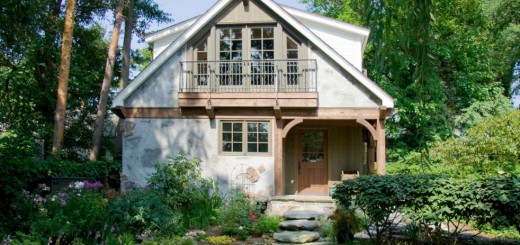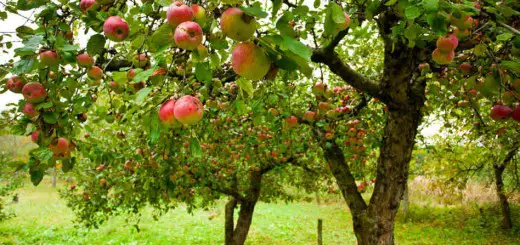Fall Gardening – What To Rely On
We are used to harvesting in fall what we plant in spring. But extending your gardening season with a second harvest can dramatically increase your yield—and allow you to enjoy fresh vegetables all the way into fall and winter. In addition, fall gardening is often easier since there are less pests and problems in cooler weather. And, finally, a fall crop can organically protect and build your soil, optimizing it for the next planting season in spring. So here are a few details about fall gardening and what veggies to rely on.
Lettuce – sow seeds in late summer. Provide the seedlings with consistent moisture and shade from the afternoon sun. 45 to 60 days to harvest depending on type and variety.
Beets are easy to grow, developing regardless of the temperature fluctuations outside. You can use both the root and the leaves and, in addition, they are a wonderful source of vitamins A and C. Dig deep so the plants stay cool, and don’t let the roots get longer than 8-10 centimeters or else the beets will get tough and woody, unless you want to use them for feeding animals.
Broccoli is another fall loving vegetable, rich in vitamins and minerals and pet resistant. Broccoli is a cool-season crop that grows best with extended cool weather in spring and fall (or during winter months in mild areas). You can start them in containers indoor in August-September and then move them outside and the temperatures grow cooler.
Since we mentioned broccoli, let’s not neglect the cabbage, a veggie that thrives in cooler regions. It can grow to maturity in late fall or early spring. Cabbage should be planted in moist soil and watered regularly, without letting the soil get too saturated. The crop takes 2-3 months before it’s ready to be harvested so keep this in mind when planting.
If it’s fall then it’s carrots, one of the most popular vegetable across the world, loaded with vitamin A and beta-carotene, both known as antioxidants and cancer fighters. To be able to harvest the second crop late fall, you need to plant carrots in July the latest.
Last, but not least, you can also count on radishes, rapidly growing vegetables. Sometimes, you can have them in your salad in less than a month from panting from seed. Larger types, such as winter radishes, require 30 to 50 days to mature.


















